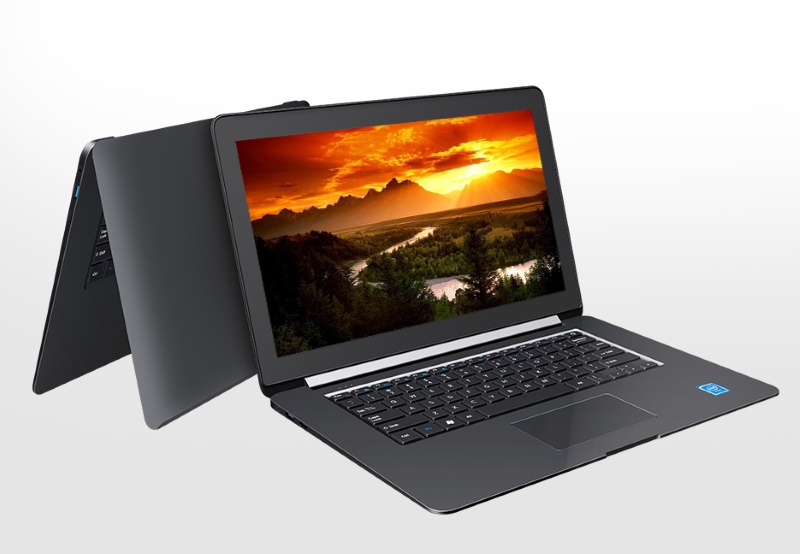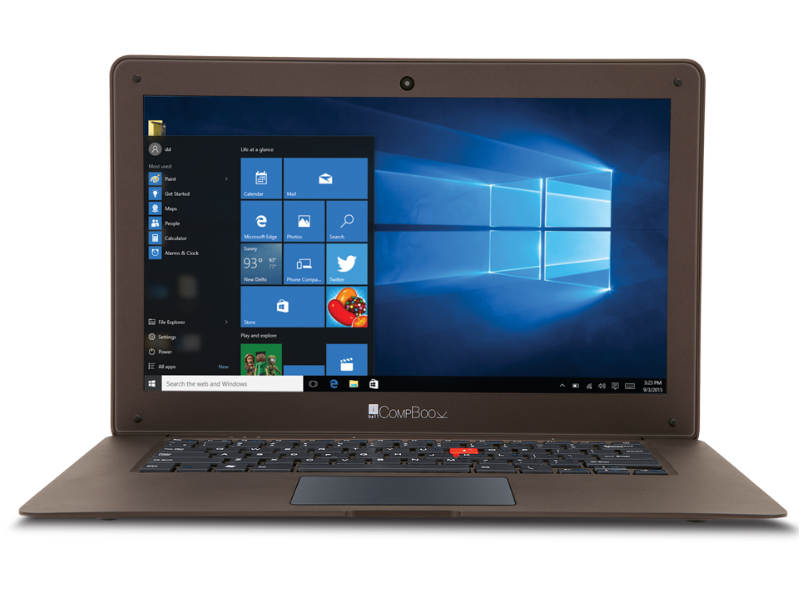Information Technology major HCL Technologies (HCL) on Friday
announced a fully configurable, flexible 5G and mobile backhaul solution
for Xilinx all programmable Zynq UltraScale+ MPSoC devices.
Xilinx Zynq UltraScale+ MPSoC devices offer the perfect single-chip
platform for both cost-sensitive and high-performance applications using
industry-standard tools.
These devices provide 64-bit processor scalability while combining
real-time control with soft and hard engines for graphics, video,
waveform, and packet processing.
It comes with multiple processor variants, a wide range of
connectivity options and programmable logic capacity, DSP architectural
blocks, and on-chip memory.
The solution targets 5G access and mobile backhaul markets and will
enable telecom OEMs (original equipment manufacturers) to meet the
stringent requirements of next-generation networks.
Integrated backhaul and access are among the key technologies needed
to enable ambitious 5G demands. The increase in capacity of the 5G radio
network needs to be supported by faster and wider bandwidth backhaul
that incorporates Gigabit Ethernet, optical fiber, or microwave wired
and wireless point-to-point links.
Xilinx is the leading silicon provider for wireless infrastructure
for digital radio front end, connectivity, baseband acceleration,
fronthaul and backhaul modem and packet processing functions. The
programmability and scalability of Xilinx platforms make them an ideal
fit for these applications, particularly for radio, where a variety of
form factors, frequencies, bandwidths and radio access technologies need
to be supported.
HCL’s solutions provide a range of benefits including enhanced radio
performance, increased flexibility, and portability—along with other
enhanced features. Together, the HCL and Xilinx integrated solution will
provide a highly configurable backhaul modem on an advanced technology
node (covering the spectrum of RF bands and E-bands, to V-bands) that
will result in an overall reduction in bill-of-material (BOM) cost and a
significant reduction in power dissipation compared to current
solutions.
Additionally, the plug and play architecture allows for custom IP to be embedded in the modem.
“Telecommunications OEMs need enhanced capabilities for 5G, which is
expected to power the growth of the mobile broadband, massive IoT, and
mission-critical applications,” HCL Technologies Corporate Vice
President Sukamal Banerjee said.






